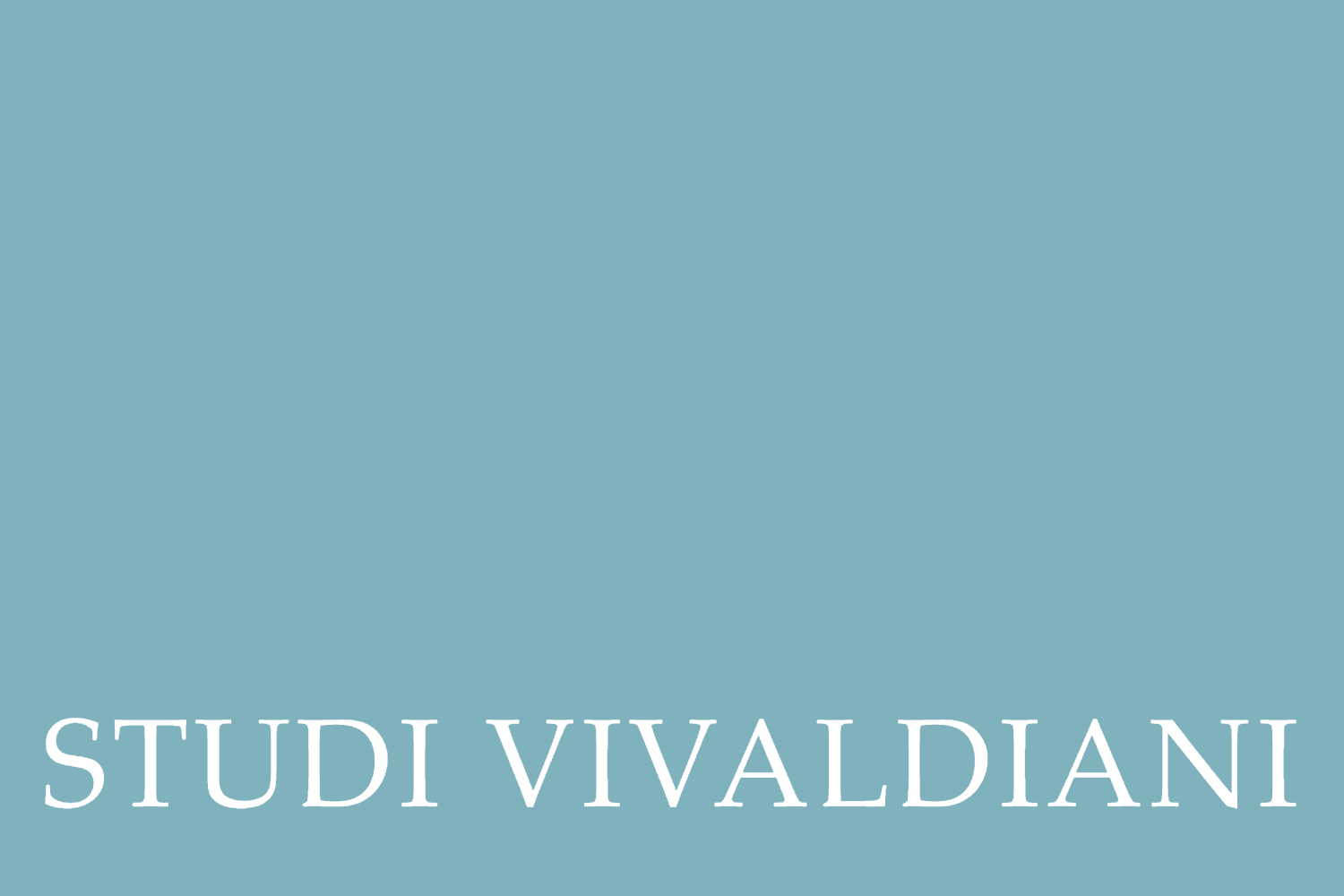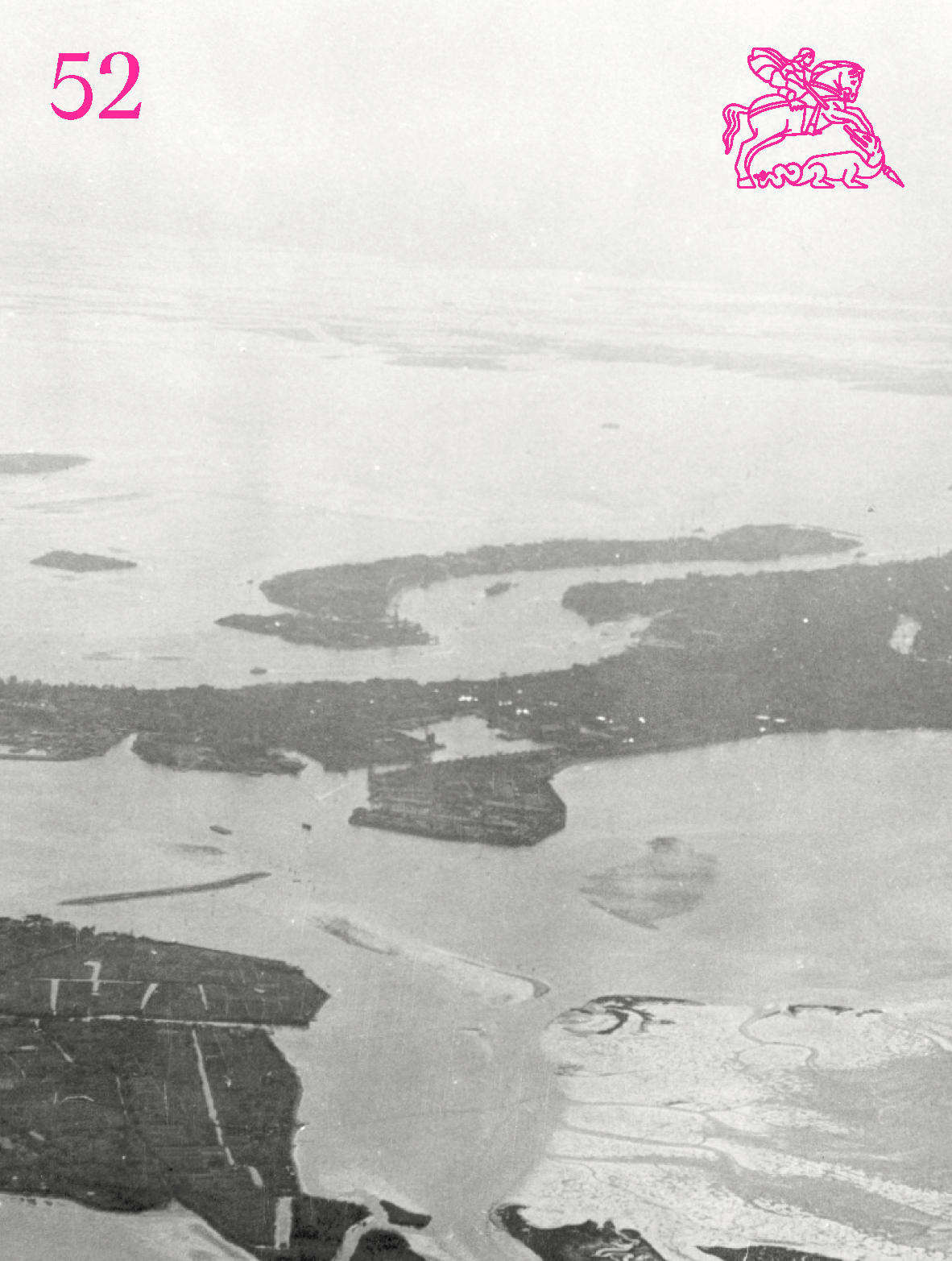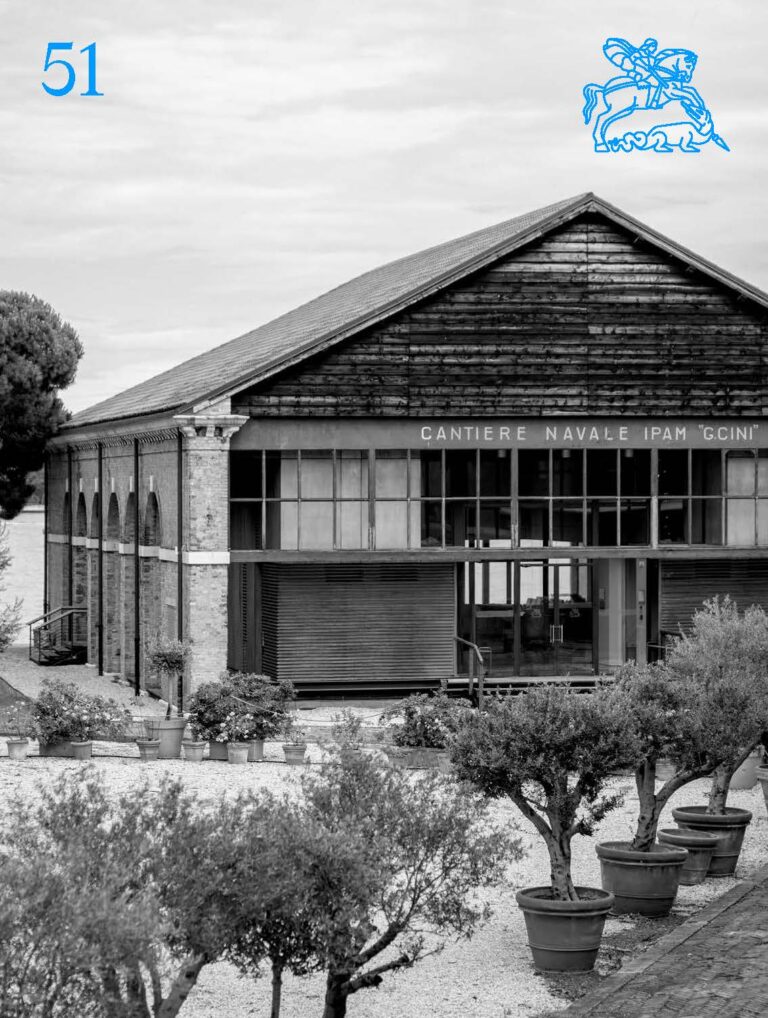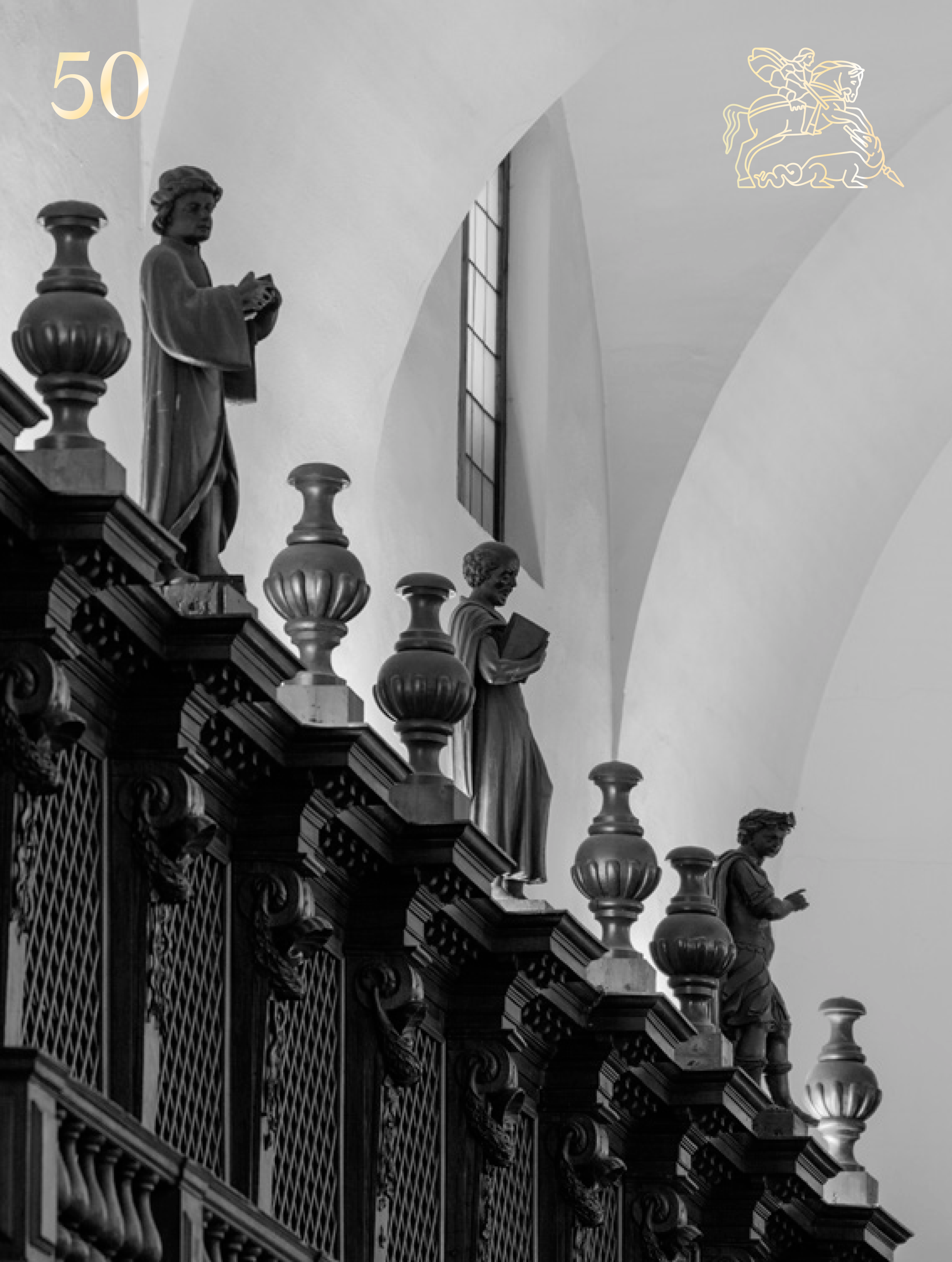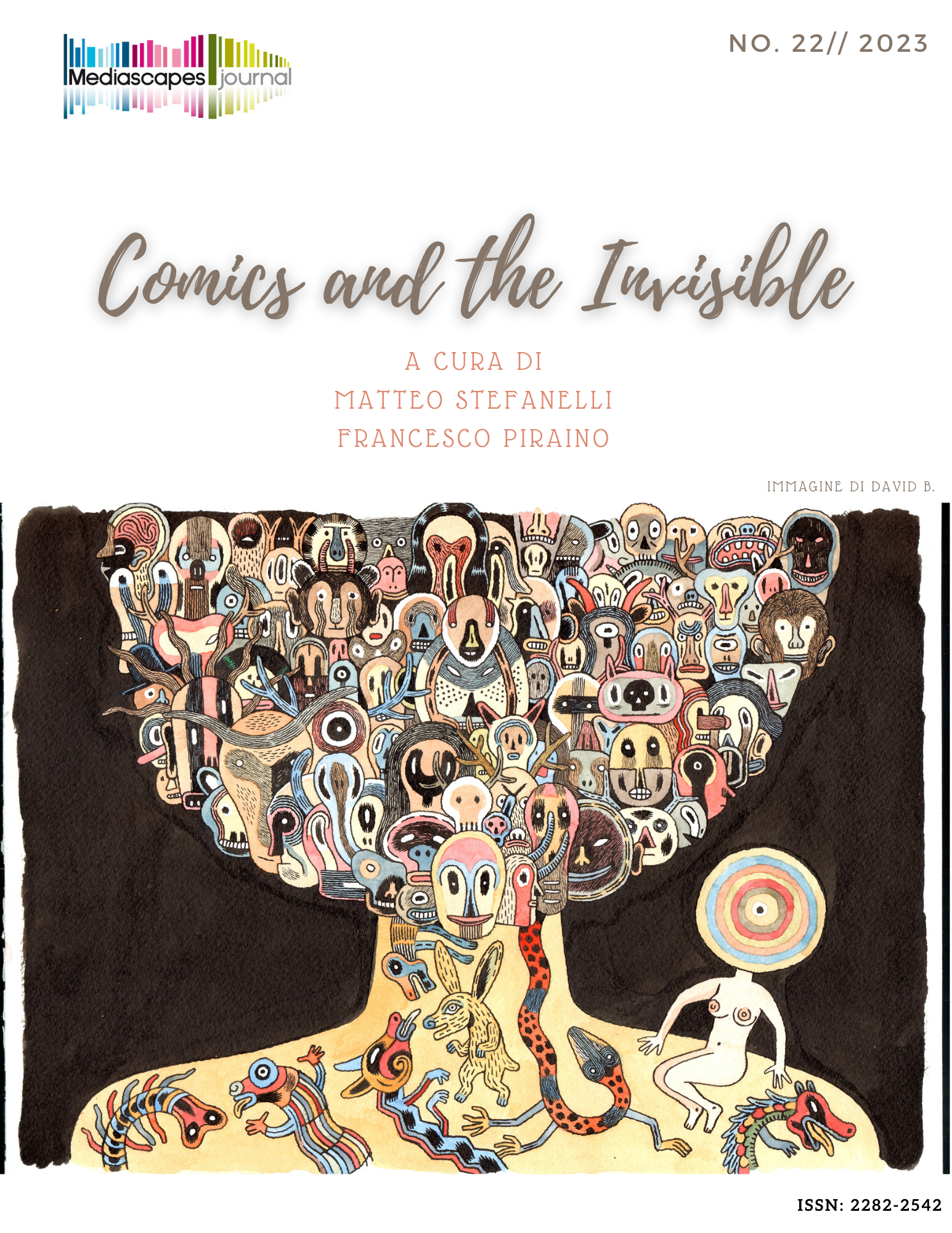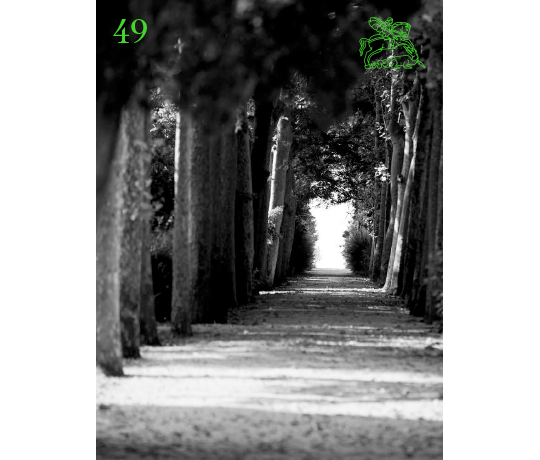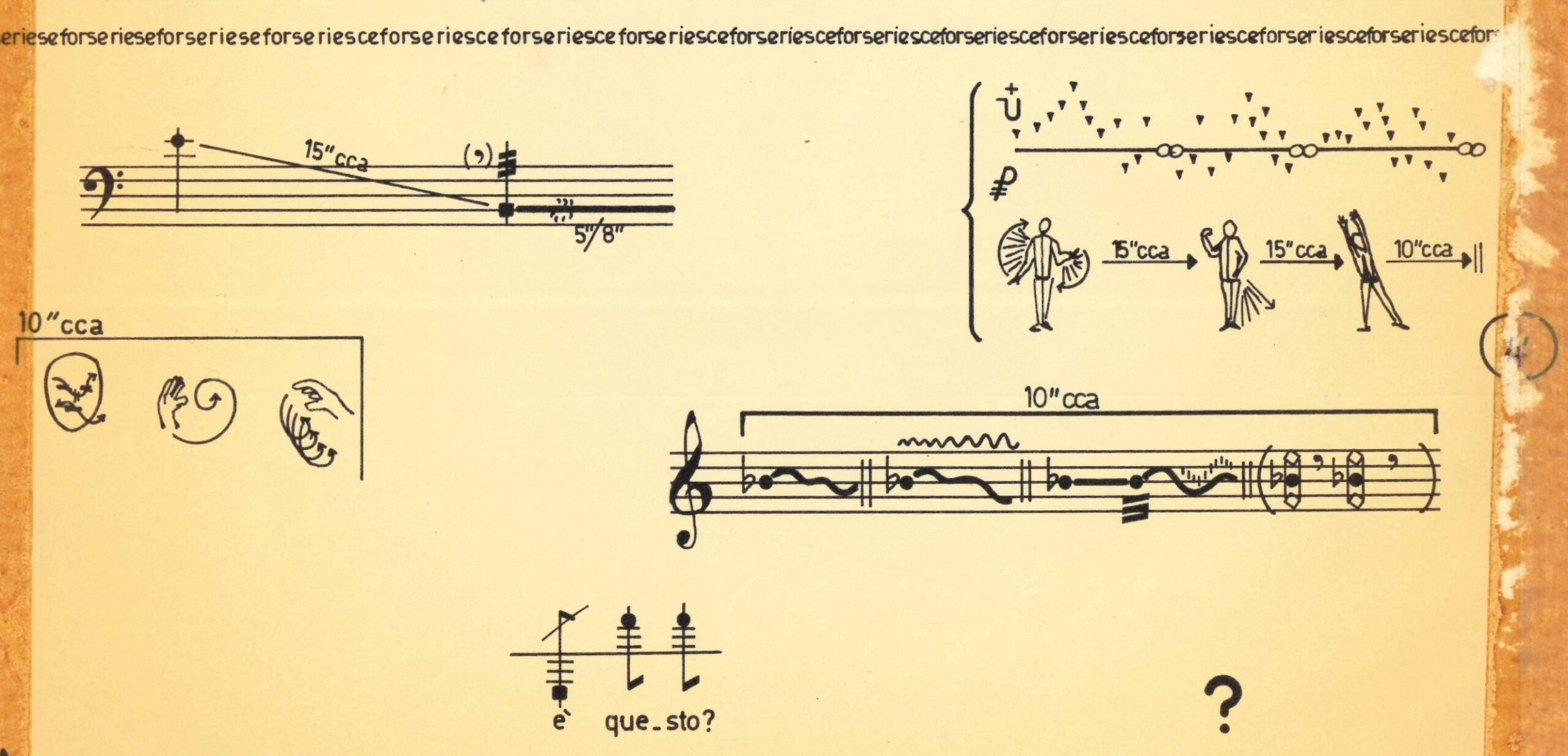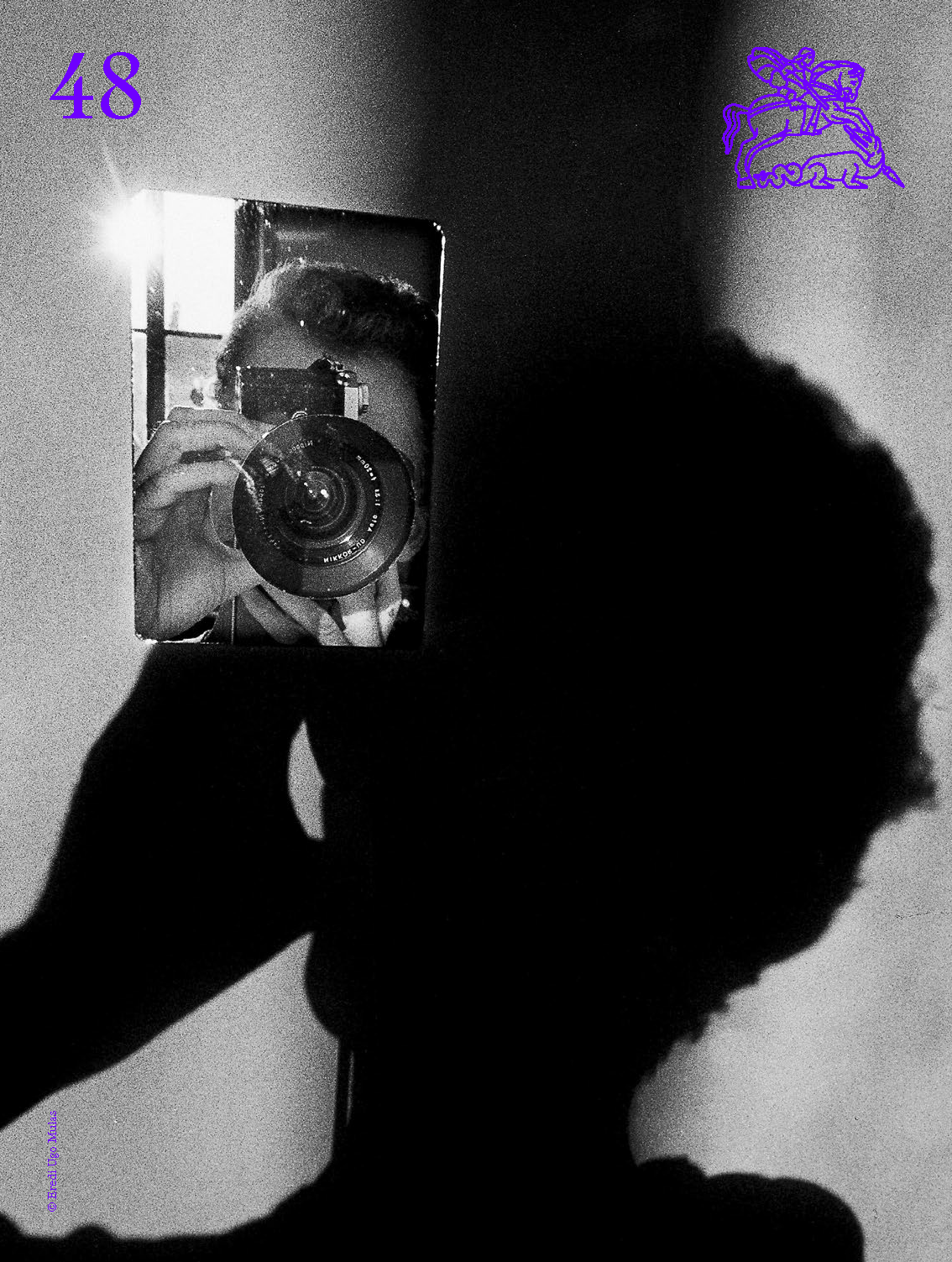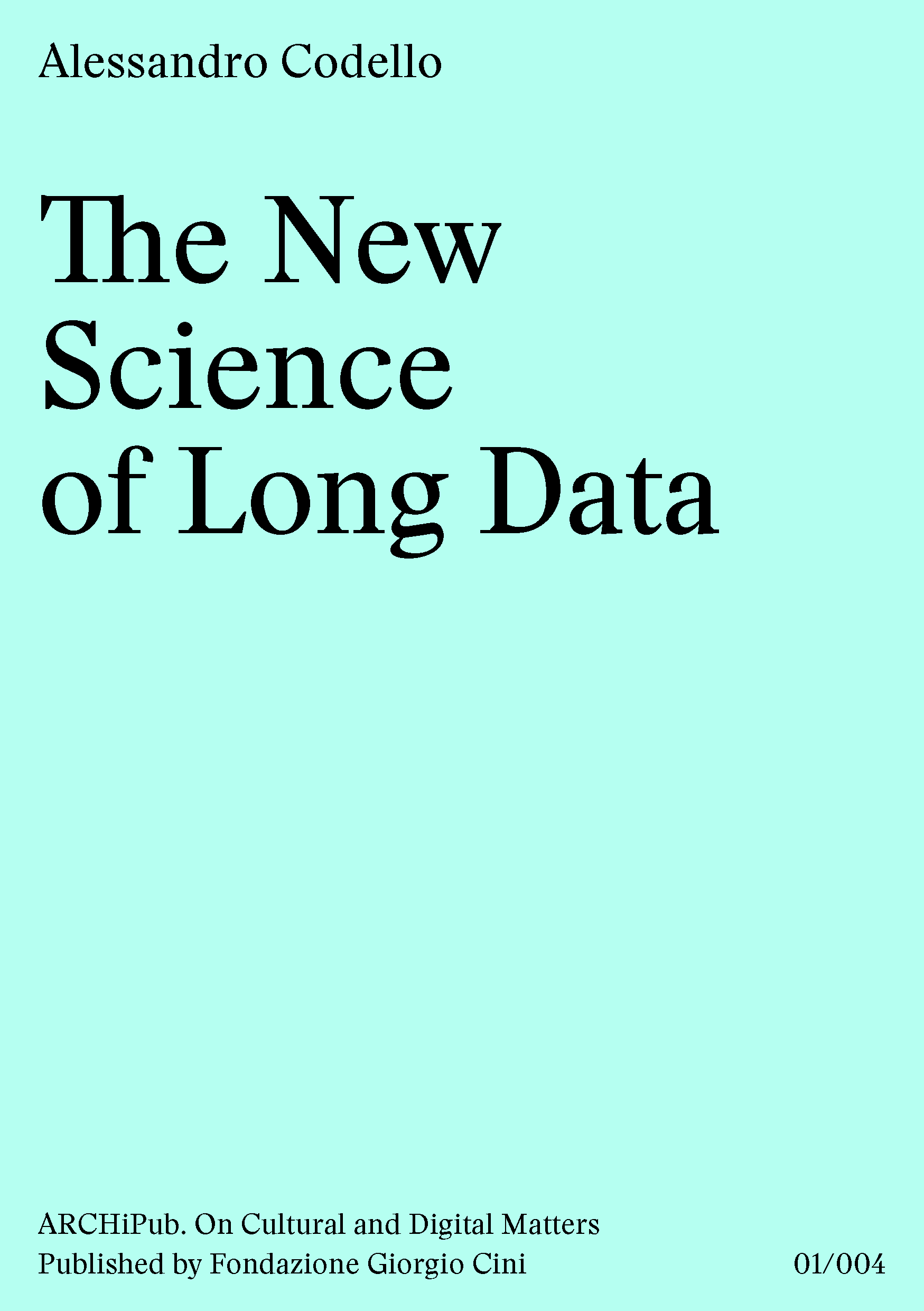Founded in 1980 by the Antonio Vivaldi Italian Institute, Studi Vivaldiani focuses on the life and works of Antonio Vivaldi, exploring the musical, cultural, social, and historical context in which the composer lived and worked.
The journal includes two sections that concentrate current information: Miscellanea, curated by Michael Talbot, and Discographie Vivaldienne, curated by Roger-Claude Travers.
Directed by Chiara Casarin, the journal is available online on the Foundation’s website.
Studi Vivaldiani 1 (2001)
Studi Vivaldiani 2 (2002)
Studi Vivaldiani 3 (2003)
Studi Vivaldiani 4 (2004)
Studi Vivaldiani 5 (2005)
Studi Vivaldiani 6 (2006)
Studi Vivaldiani 7 (2007)
Studi Vivaldiani 8 (2008)
Studi Vivaldiani 9 (2009)
Studi Vivaldiani 10 (2010)
Studi Vivaldiani 11 (2011)
Studi Vivaldiani 12 (2012)
Studi Vivaldiani 13 (2013)
Studi Vivaldiani 14 (2014)
Studi Vivaldiani 15 (2015)
Studi Vivaldiani 16 (2016)
Studi Vivaldiani 17 (2017)
Studi Vivaldiani 18 (2018)
Studi Vivaldiani 19 (2019)
Studi Vivaldiani 20 (2020)
Studi Vivaldiani 21 (2021)
Studi Vivaldiani 22 (2022)
Studi Vivaldiani 23 (2023)
Director
Francesco Fanna, Fondazione Giorgio Cini
Deputy Editor
Michael Talbot
Editor-in-chief
Chiara Casarin, Fondazione Giorgio Cini
Editorial Board
Marco Bizzarini (Napoli)
Cesare Fertonani (Milano)
Giulia Giovani (Siena)
Roberta Collingwood (Manchester)
Giada Viviani (Genova)
Editorial Consultants
Fabrizio Ammetto
Alessandro Borin
Paul Everett
Karl Heller
Antonio Moccia
Federico Maria Sardelli
Eleanor Selfridge‐Field
Reinhard Strohm
Colin R. Timms
Roger‐Claude Travers
Managing Editor
Roberta Collingwood
“Studi vivaldiani” publishes articles in French, English, Italian, Spanish, and German.
Submissions to Studi vivaldiani, whether unsolicited or by invitation, are first reviewed by the editorial management and subsequently evaluated by two referees following the double-blind peer review method. The reviewers’ comments are then communicated to the authors. If the outcome is favourable, the author is invited to consider the observations made by the referees and the editorial board.
Authors, the Director, Deputy Editor, Editor-in-Chief, Editorial Board, Consultants, and the Editorial Secretariat are all fully aware of, and explicitly committed to, the ethical standards required by the journal. Article files, together with any supplementary materials, should be submitted either to the editorial office at segreteria.vivaldi@cini.it or to a member of the editorial team, and must be accompanied by an abstract of approximately 30 lines.
Once an article has been accepted, the editorial office will provide the author with the journal’s style guide and instructions for the preparation of the final version. Authors are responsible for obtaining any necessary permissions to reproduce images or musical examples. Author affiliations and contact details are published at the top of the Notes section in each article.
The journal’s editorial policies and code of ethics are regularly updated in accordance with the guidelines of the COPE Consortium.
